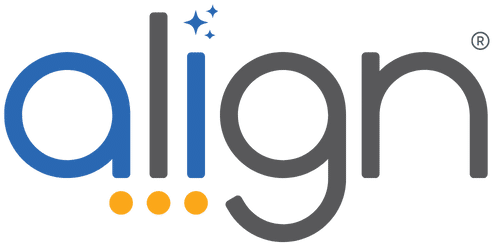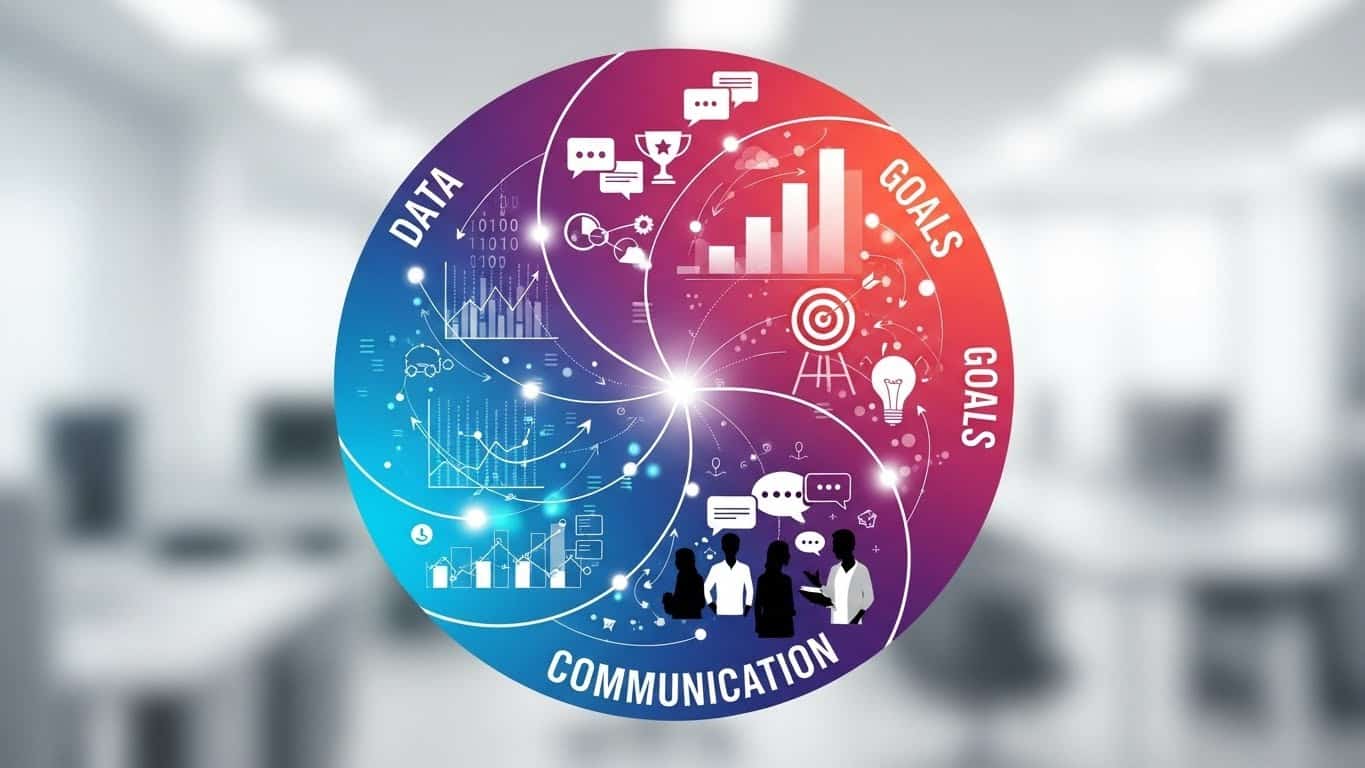Building a Resilient Sales Process to Support Your Growth Goals
The way people buy has changed. Permanently.
AI is reshaping how your buyers think, research, and act. From the moment a problem surfaces, buyers are using AI to explore options, define solutions, compare vendors, and even write RFPs. They’re engaging sales teams later, more selectively, and with sharper questions.
That’s why building a resilient sales process to support your growth goals isn’t just a good idea—it’s now a strategic necessity.
The Modern Buyer Journey: Fast, Informed, and Tech-Assisted
Today’s buyer doesn’t wait for your pitch to form an opinion. They arrive at the table with:
-
Pre-analyzed product comparisons
-
AI-drafted need statements
-
Peer review summaries
-
Budget insights pulled from ChatGPT, Gemini, or CoPilot
And they’re often 60–70% through their decision journey before they ever talk to your team.
According to Gartner, the average buying group spends just 17% of their time meeting with potential suppliers—and that’s split among multiple vendors. This means your window to add value is smaller, your competition is invisible, and your process must be bulletproof.
Why Sales Process Resilience Matters More Than Ever
In this new reality, growth goals are only as achievable as the systems behind them.
A resilient sales process creates adaptability—a system that evolves with buyers who are more self-directed, informed, and impatient than ever. McKinsey reports that companies with strong sales operations grow 2–3x faster than those without them.
1. Define and Document the Stages of Your Sales Process
Building a resilient sales process to support your growth goals starts with clarity. Define the major stages—typically Lead > Qualification > Discovery > Proposal > Close > Handoff. Every rep should understand each stage and what needs to happen to move a deal forward.
Why it matters: Sales reps spend too much time interpreting process when it should be second nature. Process documentation not only reduces variability—it gives you data to improve conversion at each step. This article provides a sales process guide as a great starting point if you’ve never documented your process.
2. Build a Predictable Pipeline—Not Just a Full One
Pipeline volume means nothing if it doesn’t convert. The most resilient sales processes focus on pipeline health, not just pipeline size.
Use win-rate benchmarks, sales cycle data, and lead scoring to prioritize the right deals. According to Salesforce’s State of Sales report, top-performing sales teams are 2.3x more likely to consistently use forecasting and data to prioritize opportunities.
What you need:
-
Defined lead qualification criteria (e.g., BANT – Budget, Authority, Need, and Timeline, MEDDICC – Metrics, Economic Buyer, Decision Criteria, Decision Process, Identify Pain, and Champion)
-
Conversion benchmarks by stage
-
Regular pipeline reviews using clear KPIs
3. Align Your Sales Process to the AI-Empowered Customer Journey
This is where many sales teams fall short. Your internal sales process must reflect the way modern buyers want to move—not the way you wish they would.
Ask:
Are you providing value before the first meeting?
Are you equipping reps to respond to AI-generated objections?
Are you anticipating a buyer that’s already done their homework?
Map your stages to buyer behaviors. Offer preemptive education, smart comparisons, and personalized insights that go beyond what AI tools can surface.
4. Use Sales Metrics That Reflect Process Quality
Strong sales metrics reflect process health and focus. To support your growth goals, track:
-
Sales cycle length
-
Stage-by-stage conversion rate
-
Pipeline coverage ratio (3x coverage rule)
-
Time spent per opportunity
-
Forecast accuracy
Make these metrics part of your regular reviews, not just quarterly retros. If you’re using a CRM, automate the tracking so your team stays focused on selling, not reporting. This article offers a comprehensive overview of the key metrics modern sales teams should monitor—from activity measures like outbound calls to performance indicators like lead response time and conversion rates.
5. Build Cross-Functional Feedback Loops
Marketing and customer success are now more integral to the sale than ever. Buyers are often interacting with marketing assets, onboarding materials, and social proof long before they speak to sales.
A resilient sales process includes:
- Shared dashboards between sales and marketing
- Real-time feedback loops on lead quality
- Defined handoffs to onboarding and service
The more aligned your teams are, the more seamless your buyer experience feels—especially to AI-assisted researchers comparing every detail.
6. Build in Flexibility Without Sacrificing Consistency
The most resilient sales teams know their process inside and out—and adjust it when needed.
Use quarterly retrospectives to ask:
- Are we losing deals because of friction in the process?
- Are buyer questions changing with AI use?
- Are we updating playbooks to reflect how buyers now research, evaluate, and decide?
Sales enablement, training, and coaching should evolve with the journey. Don’t let static systems slow down adaptive teams.
Building a resilient sales process to support your growth goals is about survival. AI has changed the rules. You need a system that’s not just consistent, but responsive, data-driven, and aligned to today’s empowered buyer.
Your reps don’t need to do more. They need to do what works—more often.
Start with process. Stay consistent. Review often. And remember—scalable revenue doesn’t come from heroic sales efforts. It comes from repeatable execution, made easier when your team is aligned around clear priorities, metrics, and rhythms. That’s where Align keeps you on track.





